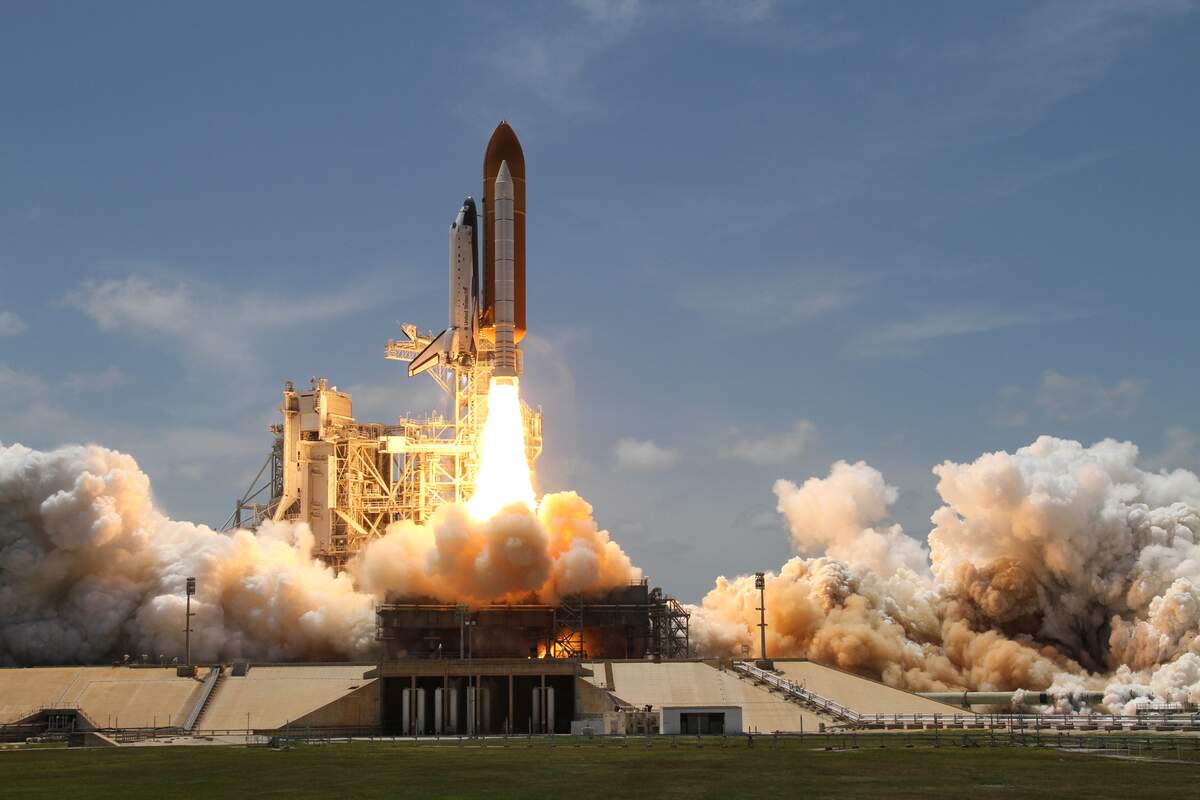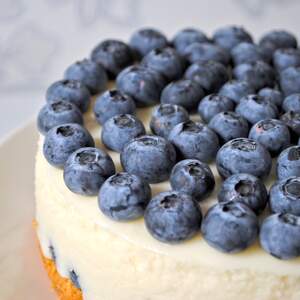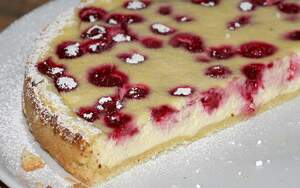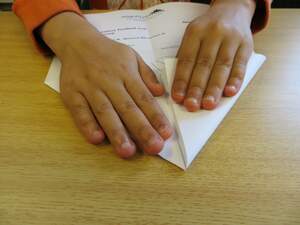

Sally Ride Day
Observed
annually on May 26th
Dates
Hashtags
Sources
https://amysmartgirls.com/celebrating-sally-ride-day-de4290c9758e
https://www.holidayinsights.com/moreholidays/May/sallyrideday.htm
https://www.anrdoezrs.net/links/100298379/type/dlg/https://www.newspapers.com/image/321475538/
https://www.space.com/16756-sally-ride-biography.html
https://www.starhop.com/blog/2020/5/26/happy-sally-ride-day
The first American woman in space, Sally Ride, is a role model for young people, particularly for girls and those interested in science and space. At the time of her first flight, Ride also was the youngest astronaut to ever travel in space, being just 32. It is unknown who started Sally Ride Day, which honors Ride and takes place on the anniversary of her birth, but it has been observed at least since 2003, nine years before Ride's death.
Sally Ride was born in Los Angeles on May 26, 1951. She earned a bachelor's degree in English and physics from Stanford University in 1973, and continued her education there, earning a master's in physics in 1975 and a Ph.D. in physics in 1978 following research work on the intersection of X-rays and the interstellar medium. While still at Stanford, she applied for the National Aeronautics and Space Administration (NASA) astronaut program and became one of 35 selected out of 8,000 applicants. Her cohort was designated as NASA Astronaut Group 8 and included NASA's first six female astronauts. After completing her training in 1979, Ride worked as a ground-based capsule communicator (CapCom) on Space Shuttle Columbia's second and third flights, in 1981 and 1982, and also worked to develop the shuttle's robotic arm.
Sally Ride became the first American woman in space on June 18, 1983, when she took flight aboard the Space Shuttle Challenger as part of its second mission, STS-7. The shuttle launched from Kennedy Space Center in Florida and spent a week in orbit. The purpose of the mission was to deploy and test satellites. Ride was a mission specialist and one of her assignments was to maneuver the first shuttle pallet satellite, SPAS-1, by operating a robotic arm. Ride once again went into space on Challenger in 1984, as part of mission STS-41-G. She was scheduled to take flight on a third Challenger mission in June 1986, but it was canceled since the shuttle exploded in January.
Following her retirement from NASA in 1987, Ride spent much of her time encouraging girls and women to pursue mathematics and science. She became the director of the California Space Institute and a professor of physics at the University of California in San Diego. In 1996, she started Sally Ride EarthKAM, which allows students to take digital photos of Earth using a camera on the International Space Station. In 2001, she started the nonprofit Sally Ride Science, which promotes STEM literacy and aims to inspire the interest of young people in science, technology, engineering, and math.
Ride served on the accident investigation boards that were organized following the explosions of the Challenger and Columbia shuttles, was inducted into the United States Astronaut Hall of Fame in 2003, co-wrote a number of children's books about space with her partner, Tam O'Shaughnessy, and in 2009 took part in the Augustine Committee, which worked to define space flight plans in the United States. Sally Ride died of pancreatic cancer on July 23, 2012. Posthumously, Ride was awarded the Presidential Medal of Freedom, was featured on a USPS postage stamp, and had a U.S. Navy research ship named for her. Beyond these tributes, we continue to honor Sally Ride each year with Sally Ride Day.
How to Observe Sally Ride Day
The following are some ways you could observe the day:
- Watch video footage Sally Ride's first mission into space.
- Visit the Kennedy Space Center.
- Visit Sally Ride's grave.
- Read a biography on Sally Ride such as Sally Ride: America's First Woman in Space by Lynn Sherr or Sally Ride: A Photobiography of America's Pioneering Woman in Space by Tam O'Shaughnessy.
- Read To Space and Back, in which Sally Ride recounts her travels into space.
- Read a children's book written by Sally Ride and Tam O'Shaughnessy.
- Watch Sally Ride answer questions at the 2009 White House Astronomy Night.
- Watch a video of Sally Ride's "Shoot for the Stars" lecture.
- Explore Sally Ride Science and Sally Ride EarthKAM.
- Encourage young people to pursue science and mathematics and to become astronauts.
- Set yourself on the path to become an astronaut.
- Read current space news.





















